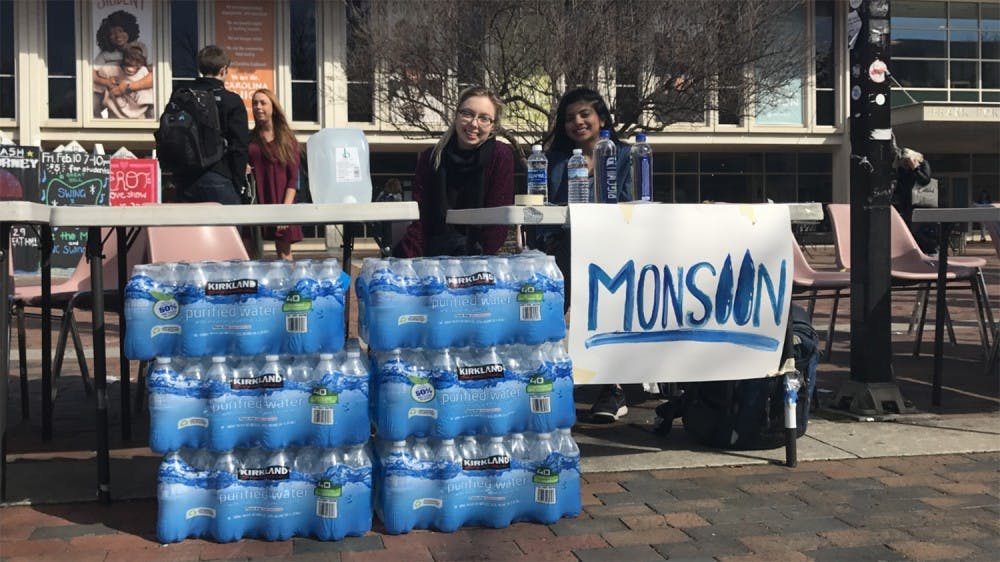For some people, the brief shortage put into perspective the struggles faced by the citizens of Flint, Michigan — a city which has not had clean water for nearly three years.
“The couple of hours we were here during the shortage really made us think about how privileged we are to have water as a resource,” Shilpa Kancharla, a junior at UNC, said. “We take it for granted.”
Flint City Council member Eric Mays said the water crisis arose in April 2014, when the city’s emergency manager switched Flint’s water source from Lake Huron to the Flint Water Treatment Plant, which hadn’t been utilized in over 40 years.
“What we know now is that that decision was made without the proper upgrades to the plant, and without letting corrosion control into the water to treat it,” he said. “It corroded the inside of our distribution pipes and allowed lead and other metals and irons to leach into our water and come through the faucet.”
The citizens unknowingly drank the water until early 2015, when high levels of lead were first detected. Now several years later, running water in Flint is still not safe to use.
Mays said children, infants and the elderly were likely to be especially affected.
“The challenge now is to repair our infrastructure and deliver safe, clean water back to the citizens of Flint, and that is a tall order,” Mays said.
After former President Barack Obama declared a state of emergency in the city in January 2016, Flint received an outpouring of national support.




